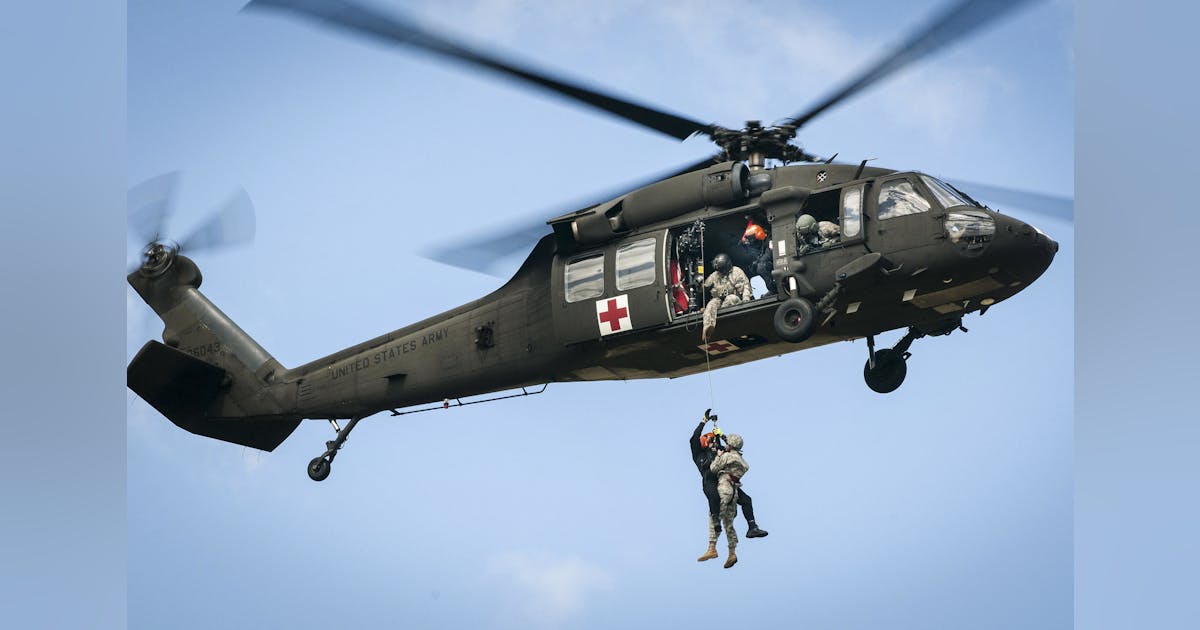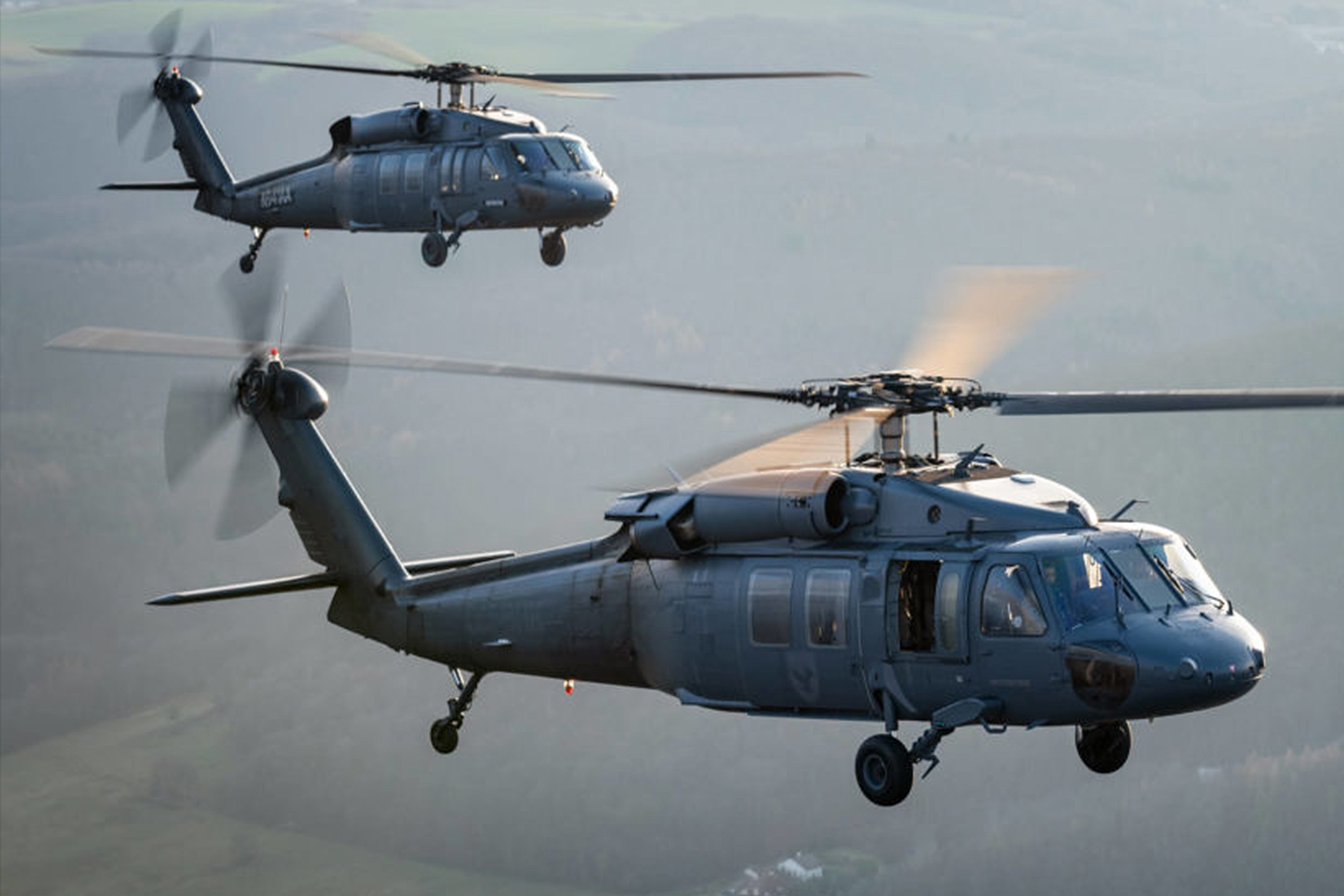UH 60 Black Hawk: Key Features and Innovations
UH 60 Black Hawk: Key Features and Innovations
Blog Article
A Comprehensive Overview to the Maintenance and Care of Airplane for Long Life
The durability of an airplane hinges significantly on its maintenance and treatment, requiring an organized approach to make sure optimal performance and safety. Routine inspections, combined with an organized maintenance program, act as vital elements in recognizing prospective issues prior to they escalate. Furthermore, the problem of the airplane's inside and adherence to governing standards play crucial duties in protecting its worth. Recognizing the details of these methods can be complex; for that reason, it is necessary to check out the crucial components that contribute to reliable airplane treatment and the ramifications of ignoring these obligations.
Significance of Regular Maintenance
Regular upkeep is necessary for the security, efficiency, and durability of airplane. An organized method to upkeep ensures that all parts operate ideally, therefore minimizing the risk of mechanical failure throughout operation. Regular inspections and servicing allow specialists to recognize possible issues prior to they intensify right into substantial problems, making certain that the aircraft continues to be in compliance with aeronautics policies.
Additionally, preserving an airplane according to the manufacturer's standards is vital for maintaining its value. A well-documented upkeep history can improve resale prospects and impart self-confidence in potential buyers. Additionally, routine upkeep adds to functional effectiveness, as it assists to maximize fuel intake and efficiency metrics, resulting in cost financial savings in time.
In addition, normal maintenance contributes to the total safety of flight procedures (uh 60). By attending to deterioration immediately, drivers can minimize risks associated with aging airplane systems. This aggressive method not only secures the lives of guests and crew but likewise safeguards the airplane itself versus tragic failures

Daily Inspection List
Exactly how can pilots and maintenance crews make sure the airplane remains in ideal condition prior to each flight? The answer exists in a complete everyday inspection list, which functions as an essential protocol to determine possible issues that could endanger safety and efficiency. This list ought to encompass a number of essential locations, including exterior and indoor assessments, as well as useful checks of vital systems.
Beginning with the outside, teams need to assess the airframe for any visible damage, leaks, or indications of deterioration. Attention must be paid to manage surface areas, touchdown gear, and the condition of tires. Relocating to the inside, the crew should validate that all instruments and controls are operational, making sure that digital systems are operating correctly.

Along with architectural checks, it is vital to evaluate gas levels and verify that all needed papers, including enrollment and weight and equilibrium details, are up to date. Finally, a testimonial of emergency situation tools, consisting of life vests and fire extinguishers, have to be conducted to ensure conformity with security laws. By vigilantly following this day-to-day inspection list, pilots and upkeep staffs can significantly improve the safety and reliability of their aircraft.
Set Up Upkeep Programs
Arranged upkeep programs are vital for the long-term safety and security and performance of aircraft procedures. These programs are made to guarantee that all aircraft elements undergo routine inspections, upkeep, and required repair work at fixed intervals. By adhering to a structured maintenance timetable, operators can substantially reduce the danger of in-flight failings, improve airplane reliability, and prolong the life-span of vital parts.
Commonly, arranged upkeep is categorized right into different degrees, consisting of A, D, b, and c checks, each with distinctive demands and thoroughness. A checks are usually more constant and concentrate on fundamental minor repair services and aesthetic evaluations, while D checks are more extensive and occur much less frequently, involving substantial disassembly and overhaul of the airplane.
Governing bodies, such as the FAA and EASA, required conformity with certain upkeep routines based upon aircraft type and usage. Operators must maintain meticulous records of all maintenance done to show conformity and facilitate assessments. Moreover, the integration of predictive upkeep innovations can further enhance the performance of scheduled programs by identifying potential issues prior to they rise, consequently making sure that airplane remain in optimum condition and prepared for safe operations.
Look After Airplane Interiors
Caring for airplane insides is critical not only for traveler comfort but see this website likewise for preserving the overall worth and safety of the aircraft. Regular cleansing and upkeep of the interior components contribute considerably to a positive flying experience while protecting the airplane's aesthetic allure.
To ensure optimum treatment, it is vital to establish a regular cleaning timetable that consists of vacuuming carpetings, wiping down surfaces, and sterilizing high-touch locations. Upholstery and seats ought to be checked for damage, with any damages promptly dealt with to stop more deterioration. In addition, focus must be offered to the galley and lavatory areas, which call for detailed cleaning and restocking of supplies to maintain hygiene.
In addition, using suitable cleaner is crucial; rough chemicals can damage materials and surfaces, so it is a good idea to make use of products particularly made for airplane insides. Normal inspections should additionally be conducted to recognize any kind of maintenance requires, such as changing worn-out seat covers or fixing home window tones. By prioritizing the treatment of aircraft interiors, operators can boost the total passenger experience and shield the financial investment in their airplane.
Understanding Regulatory Conformity
Regulative compliance is a necessary element of airplane maintenance, usually calling for drivers to stick to a complex structure of local, nationwide, and global criteria. This framework is mainly established by aviation regulatory bodies such as the Federal Aeronautics Management (FAA) in the USA and the European Union Air Travel Safety Company (EASA) in Europe - uh 60. These companies state policies that govern various aspects of airplane maintenance, including airworthiness, security procedures, and functional treatments

Moreover, operators must stay notified concerning changes in policies and take part in training programs to make sure that their staff is well-informed concerning conformity needs. Failure to abide by these regulations can result in extreme fines, consisting of penalties, grounding of aircraft, or loss of accreditation. For that reason, understanding and sticking to regulatory compliance is vital for the durability and safety of aircraft operations.
Conclusion
Finally, the maintenance and treatment of aircraft are paramount for making certain durability, security, and operational effectiveness (uh 60). Normal evaluations, adherence to day-to-day lists, and methodical maintenance programs assist in the early recognition of potential you could try these out problems. Moreover, attention to the aircraft's inside and conformity with regulatory requirements significantly add to maintaining its value. By applying these methods, operators can improve the overall experience for guests while protecting the financial investment in aviation possessions.
The long life of an aircraft hinges substantially on its maintenance and care, necessitating an organized method to ensure optimum performance and safety. By vigilantly following this everyday examination checklist, pilots and upkeep staffs can substantially improve the security and reliability of their aircraft.
These programs are created to ensure that all airplane elements go through regular examinations, maintenance, and required repair services at fixed intervals. By prioritizing the treatment of airplane interiors, my explanation drivers can improve the total passenger experience and safeguard the financial investment in their aircraft.
In verdict, the maintenance and care of airplane are critical for making sure durability, safety and security, and functional effectiveness.
Report this page